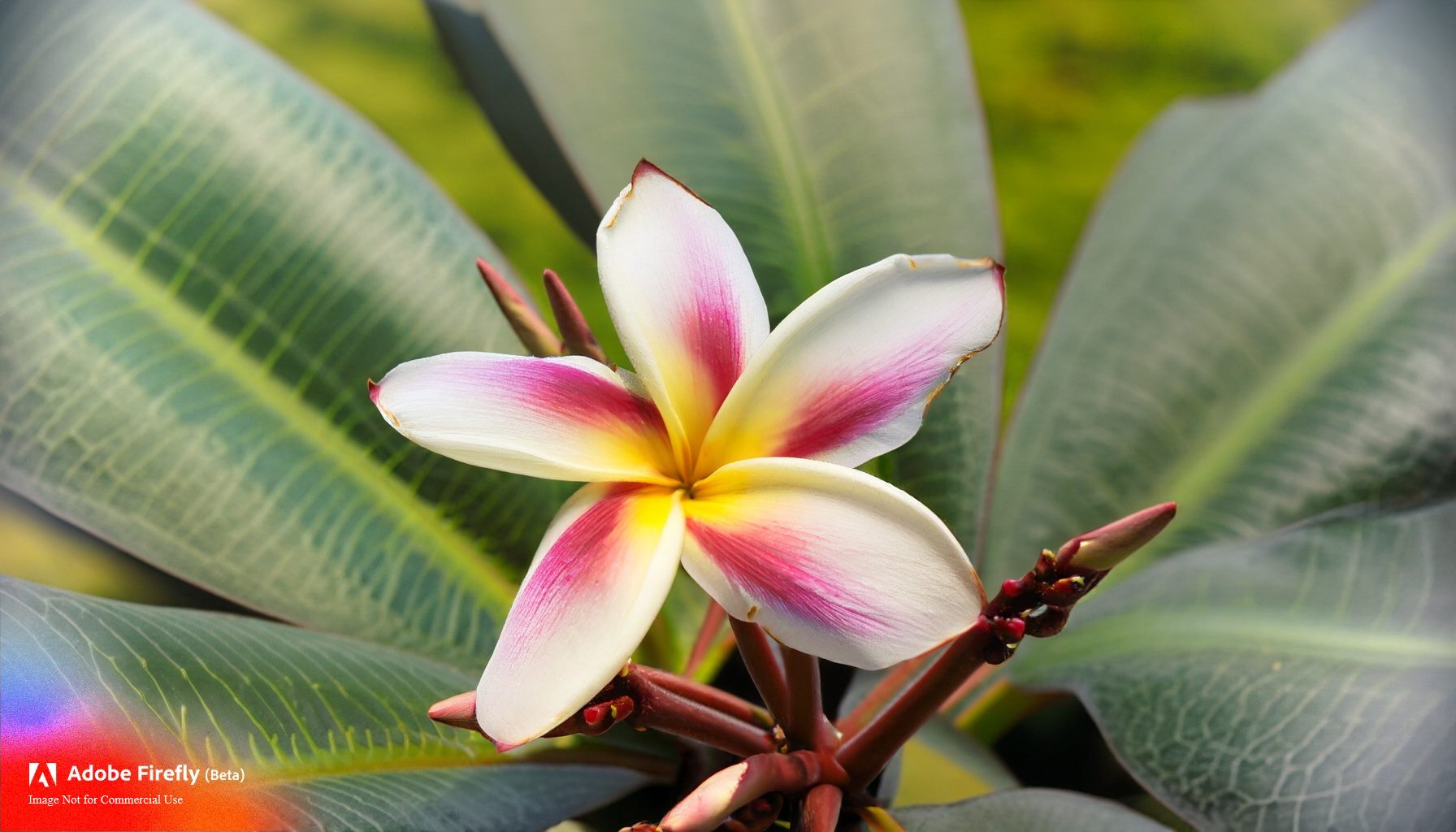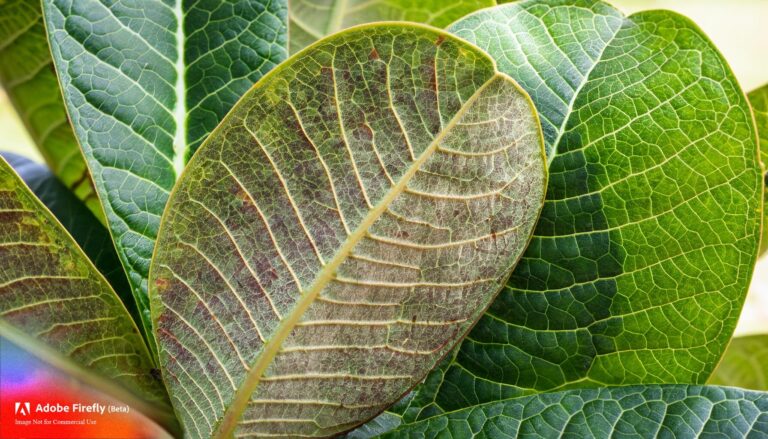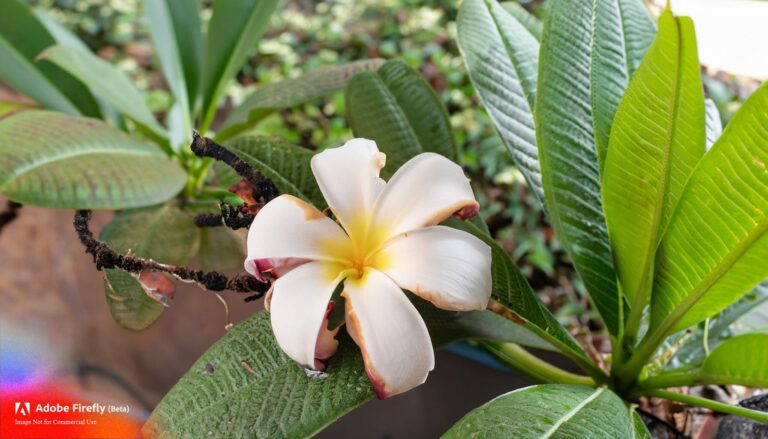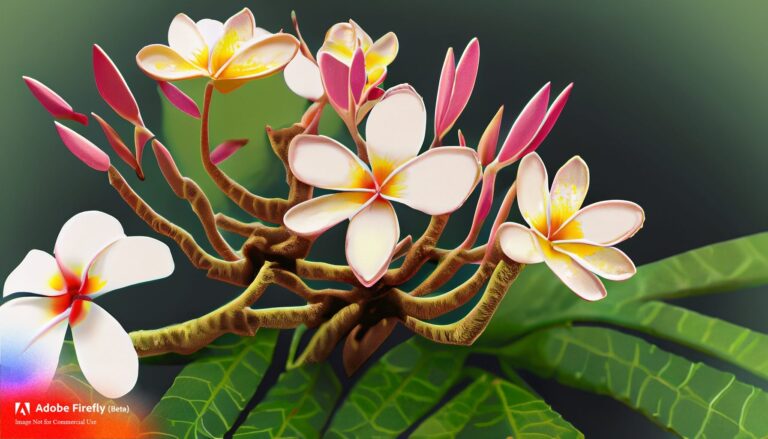
The Delorea Champa, commonly known as Plumeria or Champak, is a captivating flowering plant renowned for its exquisite yellow blooms and enchanting fragrance. This plant holds cultural significance, boasts ornamental appeal, and symbolizes various emotions and beliefs. In this article, we’ll delve into the world of Delorea Champa, exploring its characteristics, symbolism, and cultural significance.
Overview of Delorea Champa (Plumeria/Champak):
Botanical Profile:
- Scientific Name: Plumeria spp. (Champak is a specific species)
- Family: Apocynaceae
- Origin: Native to tropical and subtropical regions of the Americas, Asia, and the Caribbean.
- Flower Color: While Plumeria comes in a range of colors, the yellow flowering variety is particularly noteworthy for its vivid and vibrant hue.
Characteristics:
- Flowers: Large, fragrant, and waxy flowers with a distinct five-petal shape. The fragrance is sweet and intoxicating, often described as floral and fruity.
- Foliage: Thick, leathery, and glossy leaves arranged spirally along the branches.
- Growth Habit: Deciduous shrub or small tree, depending on the variety and growing conditions.
Cultural Significance:
- Religious and Spiritual Significance: In Hindu and Buddhist cultures, Plumeria flowers are often used in religious rituals, decorations, and offerings. They symbolize purity, devotion, and spirituality.
- Traditional Uses: Plumeria flowers are used in various traditional practices, including making garlands, offering them to deities, and adorning religious altars.
- Aesthetic Beauty: Plumerias are celebrated for their captivating beauty and are commonly used in landscape design to add a touch of elegance and tropical charm.
Symbolism and Meanings:
- Love and Devotion: In many cultures, Plumeria flowers symbolize love, affection, and devotion. They are often associated with romantic gestures and expressions of affection.
- Friendship: Plumerias also represent friendship and the bond shared between close friends.
- Transformation and Renewal: The plant’s deciduous nature, shedding leaves in the dormant season and then regenerating, symbolizes transformation and renewal.
- Immortality and the Afterlife: Plumerias are sometimes associated with immortality and the afterlife, making them a popular choice for religious ceremonies and rituals.
Cultivation and Care:
- Climate: Plumerias thrive in tropical and subtropical climates. They require ample sunlight and warmth for optimal growth and flowering.
- Soil: Well-draining soil is crucial to prevent waterlogging, which can lead to root rot.
- Watering: While plumerias appreciate regular watering, it’s essential not to overwater, especially during the dormant period.
- Pruning: Regular pruning promotes healthy growth and enhances the plant’s appearance. Remove dead or damaged branches to maintain its vitality.
- Fertilization: Feed plumerias with a balanced, slow-release fertilizer during the growing season to support flowering and overall health.
Conclusion:
The Delorea Champa, known by the names Plumeria and Champak, is more than just a plant; it’s a symbol of love, devotion, friendship, and spirituality. Its vibrant yellow flowers and alluring fragrance captivate the senses and add a touch of exotic beauty to landscapes and gardens. Whether admired for its cultural significance or embraced for its aesthetic charm, the Delorea Champa stands as a remarkable representation of the interplay between nature and human emotion.






